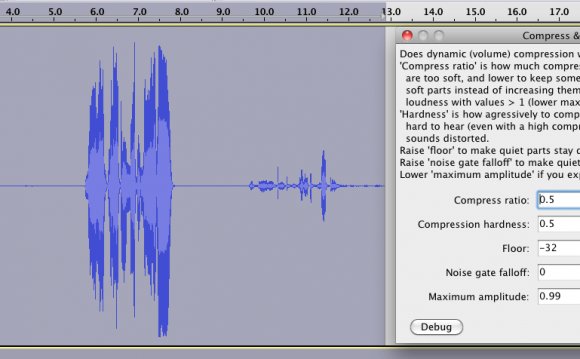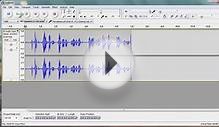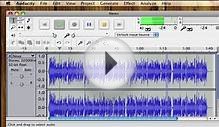
Specify Export location
In the Export Audio dialog, pick the file title and appropriate
Format Options
Within the Command: box type:
- The road to this program
- When the program syntax requires it, space then your infile command
- space, hyphen
- If needed, space then valid output choices for the file
- When the program syntax requires it, space then your outfile command
- Finally (presuming file output), space then "%f".
and
The "Command" box stands up towards the last 12 products joined. Whenever a thirteenth command is joined, the first (at the end from the list) is taken away.
Note: Metadata Editor doesn't appear before command-line exports, nor are any tags it already consists of passed towards the exterior program. Make use of the appropriate command for the program to create metadata towards the output file as referred to below.Setting the road to the encoder
Being able to access the LAME or FFmpeg command-line program with only the "lame" or "ffmpeg" command only creates Home windows and Linux, presuming LAME or FFmpeg were installed on the machine within the standard location. On Home windows, this involves that you simply used the LAME or FFmpeg EXE installer and didn't alter the installation directory.
For implementing a zipper form of LAME or FFmpeg as well as on Mac OS X, the entire road to the command-line program should be given. The road should be enclosed inside quotes if you will find any spaces within the path. You should use the button Browse... to locate and open the executable application that will add some proper path towards the command.
LAME good examples
If you're conveying to MP3 with LAME, there's an entire listing of instructions including metadata tags around the
See also:- Blazor Data Binding: Advanced tutorials and examples.
RELATED VIDEO

![FREE [HOW TO] Download Audacity - Awesome Soundediting](/img/video/free_how_to_download_audacity.jpg)










